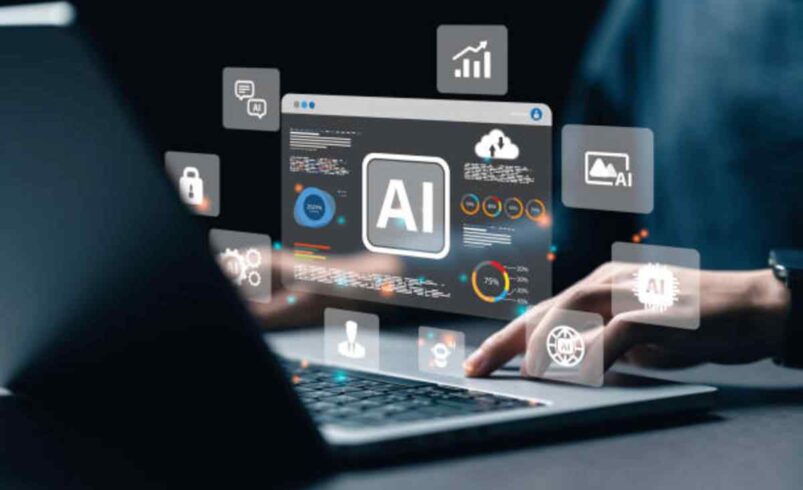Introduction
Imagine typing a simple sentence like “create a picture of a dragon flying over a castle” and having a computer make a colorful, detailed image for you! That’s what generative AI courses does—it takes your ideas and turns them into things like stories, pictures, music, or even computer code. This exciting technology is changing how we create and work, and it’s something you can understand and use, too! In this blog, written just for 9th graders, we’ll explore what generative AI is, how it works, and why it’s so cool for school, hobbies, and the future.
What Is Generative AI?
Generative AI is like a super-smart artist or writer inside a computer. It’s a type of artificial intelligence (AI) that can create new things based on what you tell it to do. You give it a prompt (like a sentence or question), and it makes something new, like a story, a picture, or even a song.
Here are some examples:
Text: You type, “Write a funny story about a talking dog,” and the AI writes a whole story for you.
Images: You say, “Draw a robot playing soccer,” and the AI creates a picture of it.
Code: You ask, “Make a simple game,” and the AI writes the computer code to make it happen.
Generative AI learns from tons of examples (like books, pictures, or music) to figure out how to make new stuff. It’s not just copying—it’s creating something fresh based on patterns it’s learned.
How Does It Work?
Think of generative AI like a really good chef. You tell the chef what kind of dish you want (your prompt), and they use their knowledge of recipes to whip up something delicious. AI uses special programs called models (like GPT for text or DALL-E for images) to understand your prompt and create something new. These models are trained on huge amounts of information, so they know how to make things that look or sound real.
For example:
If you ask for a poem, the AI looks at patterns in poems it’s seen before and writes a new one.
If you want a picture, it combines ideas from thousands of images to create something unique.
The best part? You don’t need to be a computer expert to use it! Many AI tools are easy to try, and you can experiment with them online.
Why Is Generative AI Awesome?
Generative AI is like having a creative buddy who’s always ready to help. Here’s how it’s being used in cool ways:
1. School Projects
Writing: Need help with a story for English class? AI can suggest ideas or even write a draft for you to edit.
Art: Create awesome visuals for a science project, like a diagram of a volcano or a picture of a planet.
Presentations: AI can help you make catchy titles or summaries for your slides.
2. Hobbies and Fun
Make your own comic book characters or game designs with AI-generated art.
Write song lyrics or create background music for a video you’re making.
Design a virtual world for a story you’re writing.
3. Helping Professionals
Teachers: Use AI to create fun quizzes or lesson ideas.
Designers: Make logos or posters in minutes.
Programmers: Write code faster with AI suggestions.
Benefits of Generative AI
Here’s why generative AI is so great:
Saves Time: It can create things quickly, so you can focus on making them even better.
Sparks Ideas: Stuck on a project? AI can give you tons of creative ideas to get started.
Easy to Use: You just type what you want, and the AI does the hard work.
Fun and Creative: It’s like having a magic tool to bring your imagination to life!
Challenges to Watch Out For
Generative AI is awesome, but it’s not perfect. Here are some things to keep in mind:
Mistakes: Sometimes AI makes errors or gives weird answers, so always check its work.
Fairness: AI learns from what people put online, which can sometimes include wrong or unfair stuff. Be careful about what you ask it to do.
Copying: Don’t use AI to do your homework for you—it’s better to use it as a helper, not a replacement for your own work.
To use AI safely:
Always double-check what it creates.
Don’t share personal information with AI tools.
Talk to a teacher or parent if you’re not sure about something.
Skills You’ll Need
To use generative AI like a pro, here are some tips:
Write Clear Prompts: Be specific about what you want. Instead of “draw a dog,” try “draw a fluffy golden retriever playing fetch in a park.”
Check the Work: Make sure the AI’s output makes sense and fits your needs.
Be Creative: Use AI to try new ideas, like designing a game or writing a sci-fi story.
Learn a Little About AI: Understanding how it works can help you get better results.
You can even try free online tools or apps to practice using AI. Ask your teacher about safe websites or programs to explore!
The Future with Generative AI
Generative AI is like a superpower for your future. Whether you want to be an artist, writer, scientist, or coder, AI can help you do your job faster and better. It won’t replace you—it’ll make your ideas even bigger! Imagine:
Creating your own video game with AI helping you code and design.
Writing a book with AI suggesting plot twists.
Designing cool clothes or buildings with AI-generated sketches.
As AI gets better, it’ll be a tool you’ll use in school, work, and fun projects. Learning about it now will give you a head start!
Conclusion
Generative AI is an exciting tool that turns your ideas into reality, from stories and pictures to games and more. By learning how to use it wisely, you can make school projects more fun, explore your hobbies, and get ready for a future where AI is everywhere. Start experimenting with simple prompts, and see what amazing things you can create. With generative AI, your imagination is the limit!


